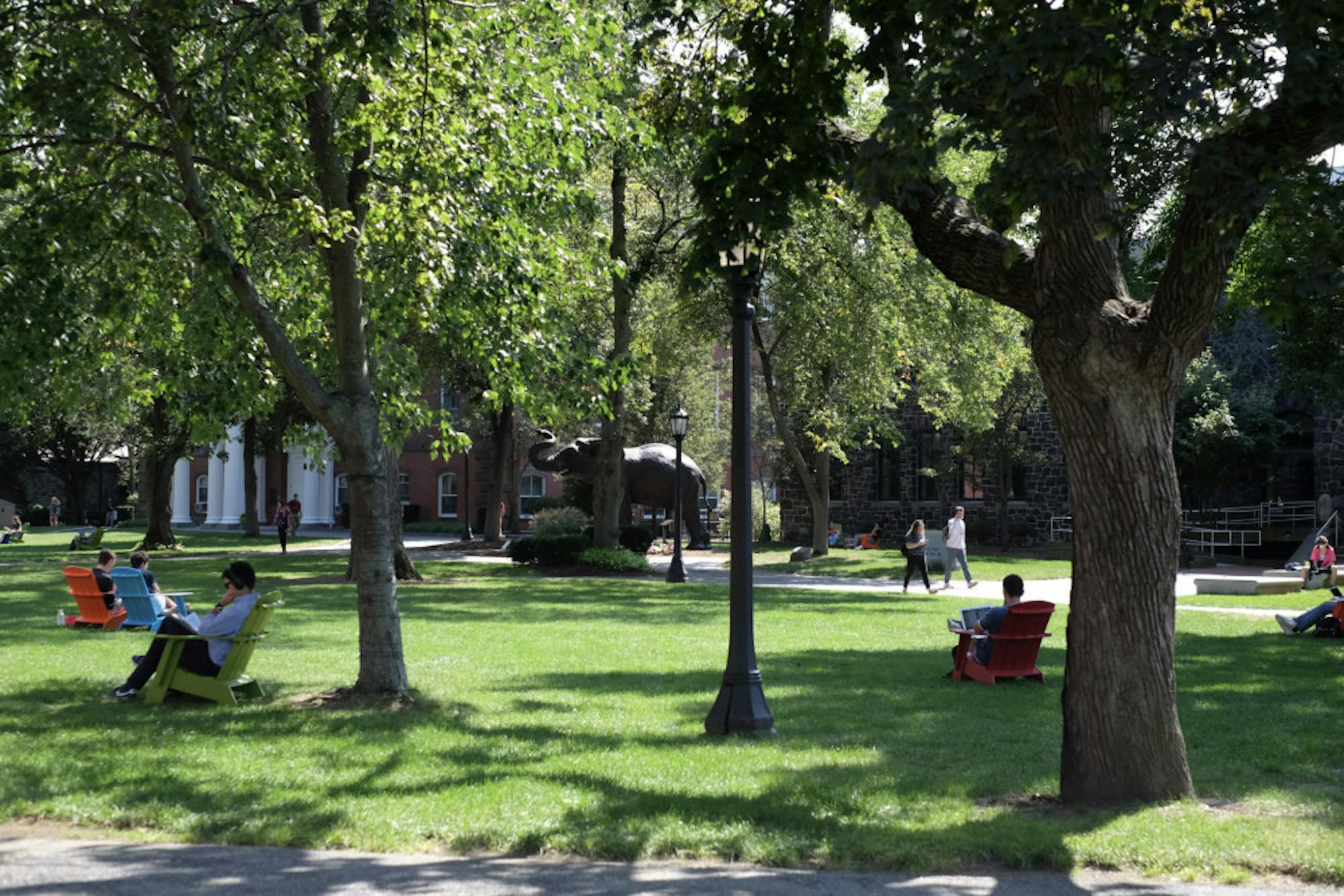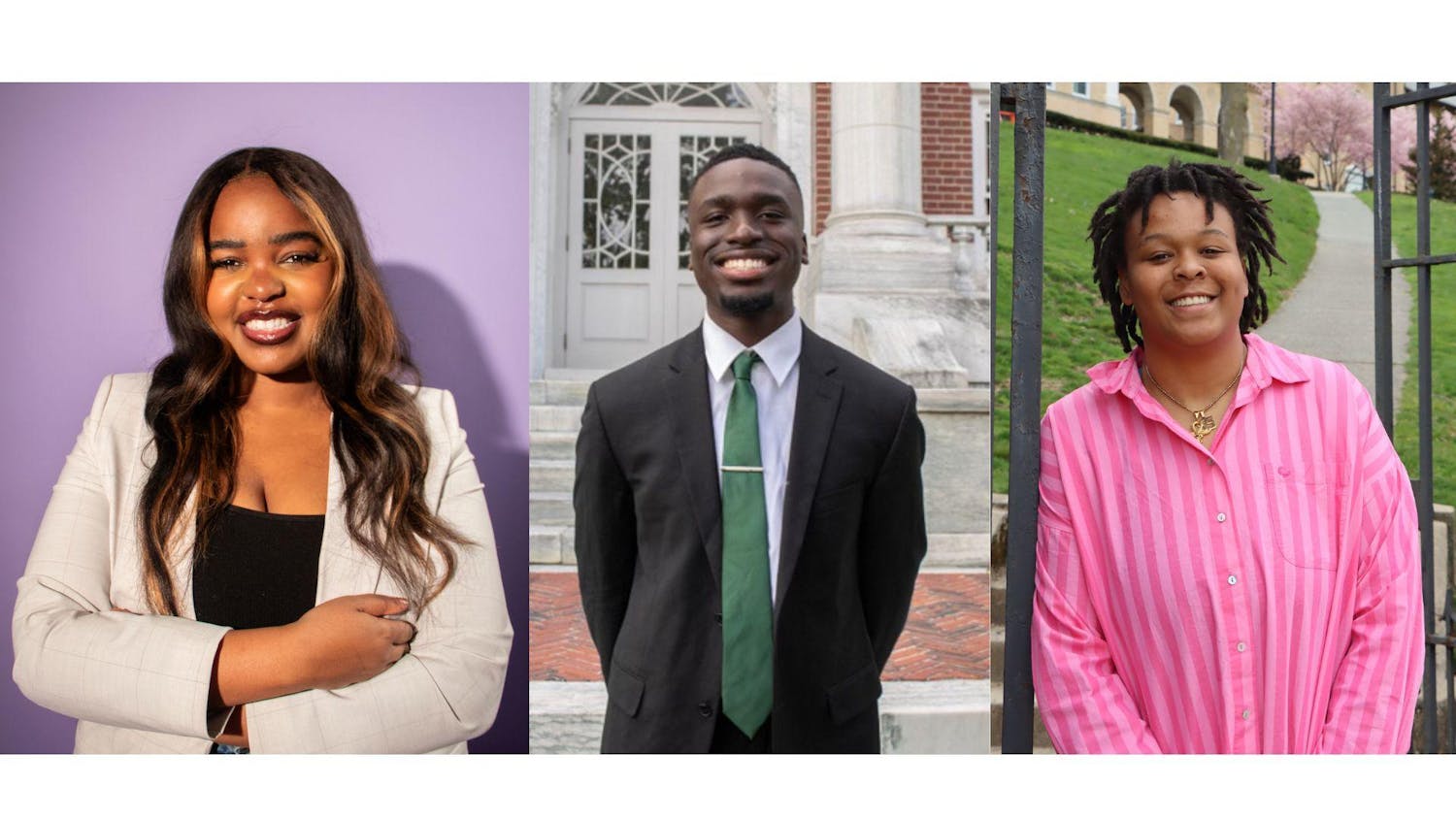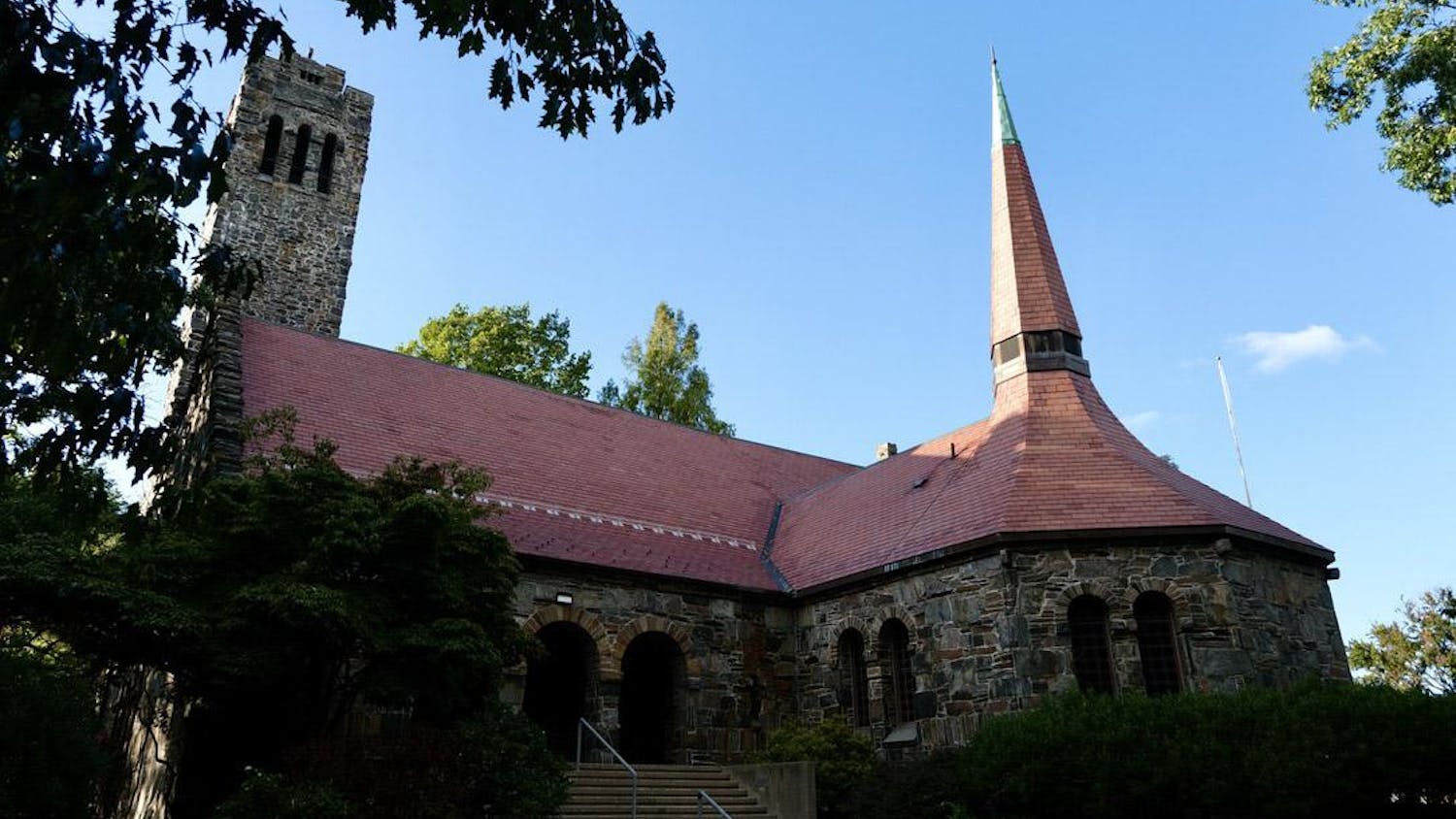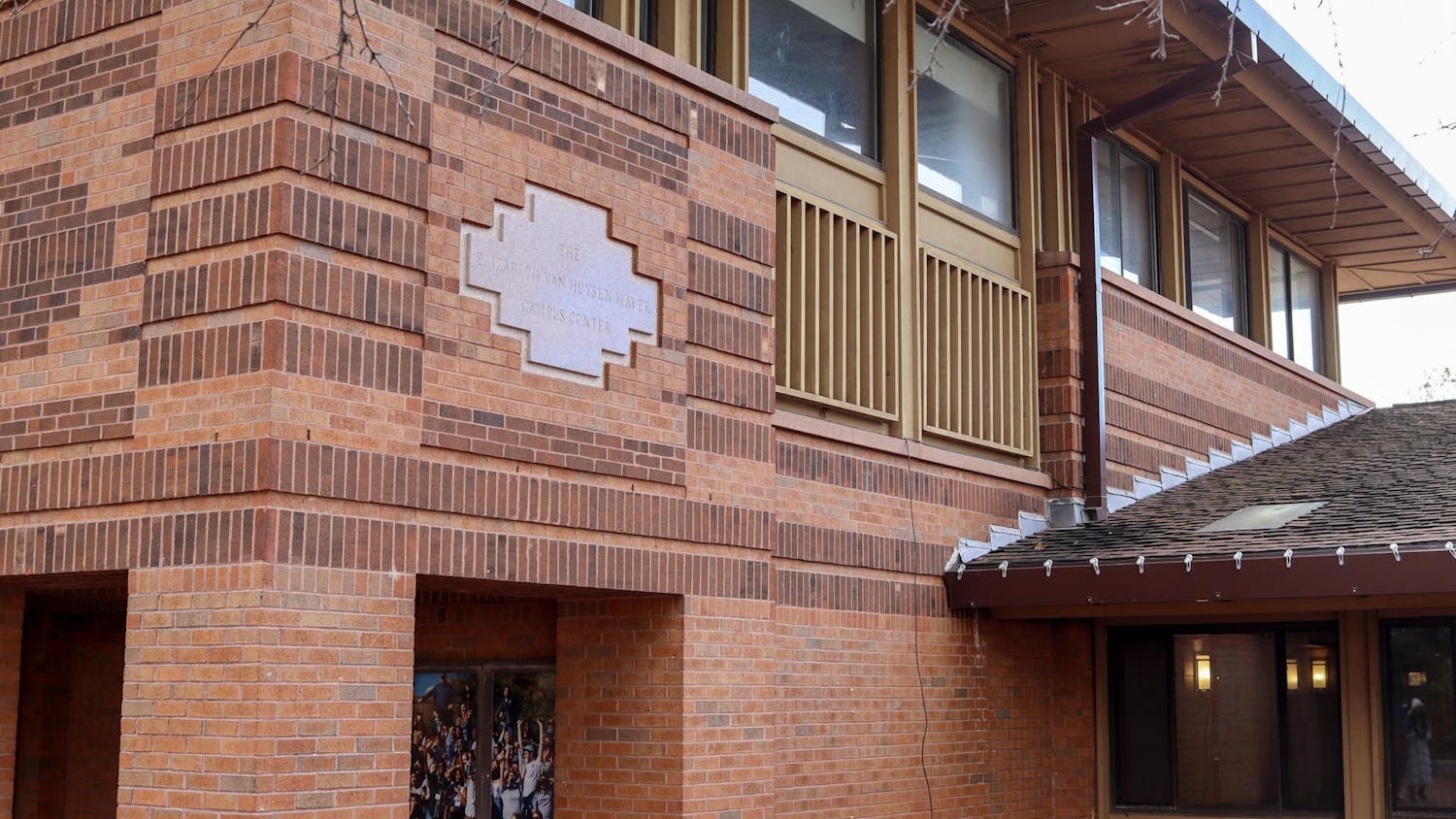The Center for Information and Research on Civic Learning and Engagement (CIRCLE) at Tufts released a studytitled “Protests, Politics, and Power: Exploring the Connections Between Youth Voting and Youth Movements” on Oct. 4. The study detailed a nuanced relationship between youth activist movements and youth voting patterns.
The eight participating researchers observed that youth activism in the United States reached historic levels in 2018 and 2020. They argue that young organizers were galvanized in 2018 by the mass school shooting in Parkland, Fla., and in 2020 by the murder of George Floyd. They also observed record youth turnout in the 2018 and 2020 elections.
Johnnie Lotesta, an assistant professor of sociology at Appalachian State University and one of the study's researchers, explained that the primary goal of the report was to explore the correlation between activism and voting among American youth.
“In recent years, we’ve seen surges in youth-led protests and social movement activity on the one hand, as well as historic levels of youth voting,” Lotesta said. “I really wanted to learn more about what is driving this moment of intense civic engagement among young people.”
The researchers came away from the study with several findings. According to Kei Kawashima-Ginsberg, the Newhouse director of CIRCLE, their discovery was that different youth-led organizations use elections to their advantage in different ways.
“We saw that [for] the really local groups that are really working on issues specifically [on the local scale], voting and election is kind of a minor aspect of what they do. Building community up and then changing how the people change power structure in the community was really important to them,” Kawashima-Ginsberg said. “But maybe a national organization that [is] working on electing multiple officials in different states and different congressional districts really saw voting and election as a really important tool.”
According to Jerusha Conner, another of the study's researchers and a professor of education at Villanova University, the study found that youth movements view electoral organizing as just one tool for affecting change among many.
“Even youth who are highly engaged in electoral work harbor strong critiques of our political system and the power of voting as a lever of change,” Conner wrote in an email to the Daily. “They stressed the importance of organizing through, not to elections ... They believe that to be effective, this work must be paired with other organizing strategies, including direct actions, education, and community healing."
The researchers identified lessons that student activists and organizers should take away from the study. Lotesta argued that one of the most important implications of the study is the potential for burnout among activists.
"Particularly in the context of the ongoing pandemic, young people and adult organizers alike are often doing this social movement work on top of work commitments or school commitments," Lotesta said. "One of the learnings that young organizers can take from our study is ... the importance of trying to design social movement organizations in ways that are supportive instead of extractive.”
Kawashima-Ginsberg also highlighted the issue of burnout and suggested that youth-led organizations can curb its effects by building coalitions with other groups.
“One of the things that I think about as I reflect on that finding is the importance of really connecting with other leaders and other peers, and thinking about cross-organizational collaboration in some cases,” she said. “I think [the study] shows how important it is to ... take care of each other, as well as accomplishing the winning that they want to do as a group.”
Conner echoed Kawashima-Ginsberg’s point about the importance of collaboration.
“One lesson for organizers concerns the value of collaborative efforts with other issue-based and/or youth-led organizing groups,” Conner said. “Collaborations can build capacity to take on work that may not be central to your organizing priorities (such as voter registration), increase name recognition, which helps with base-building, and allow broader shows of power as coalitions work together to issue collective demands.”
Based on the study's findings and 2020’s record voter turnout, Conner predicted that young people would mobilize once again for this year's local elections, which took place around the country on Nov. 2. Data on voter turnout for these elections is not yet widely available in most cases.
“Several of the groups we studied found success in mobilizing their base to turn out by highlighting down-ballot candidates whose policy priorities could significantly impact their communities,” she said. “Indeed, organizers can use school board elections or elections for other local offices to emphasize the stakes for the issues they care about in their hometowns.”
Lotesta, meanwhile, was particularly excited to learn that all but two of the youth-led social movement organization members interviewed for the study knew how to get involved in their local elections.
“Don’t take young people for granted — that’s for sure,” Lotesta said. “I would say our research suggests that young people are becoming informed, educated and engaged in their local elections. So I think this means that lawmakers should really pay attention and that we should be excited to see this cohort of voters remain engaged for years to come.”
Kawashima-Ginsberg reiterated the importance of youth involvement in local politics.
“Young people, especially transient young people like college students or [people] who just got a job in a new city, feel like they don’t know enough about the town that they live in, but [they] still deserve to vote,” she said. “I think it is important to actually take the time to get to know the local community and your local election officials because, as a university, we sit in Somerville and Medford as part of these towns … college campuses are not at all an isolated island in these towns.”






